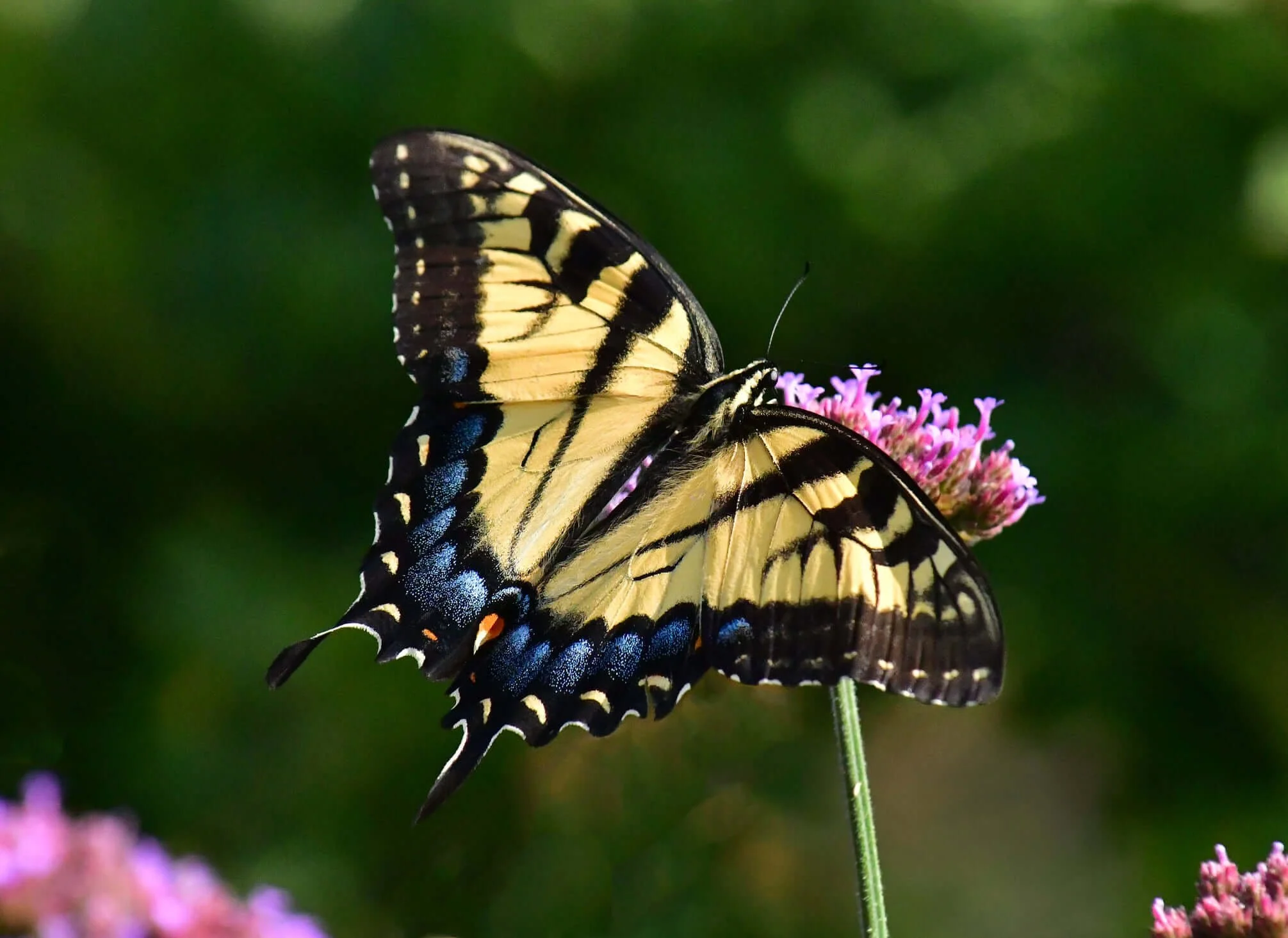Life Cycle: Perennial
Sun Exposure: Full
Soil Moisture: Medium – Dry
Height: 1.5-2 feet
Plant Spacing: 2-3 feet
Bloom Time: May-June
Bloom Color: Cream
Advantages: Caterpillar Favorite, Pollinator Favorite, Deer Resistant, Great Landscaping plant
Host Plant: Wild Indigo Duskywing, Clouded Sulphur, and 16 other species of butterflies and moths use this as a caterpillar host plant in our area (nwf.org)
Species of Concern: State Status: Endangered (legally protected), State Rank: Critically imperiled (mnfi.anr.msu.edu)
Beneficial for Endangered or Threatened Species: Possibly the Frosted Elfin (mnfi.anr.msu.edu), Persius dusky wing (Erynnis persius persius) (mnfi.anr.msu.edu)














